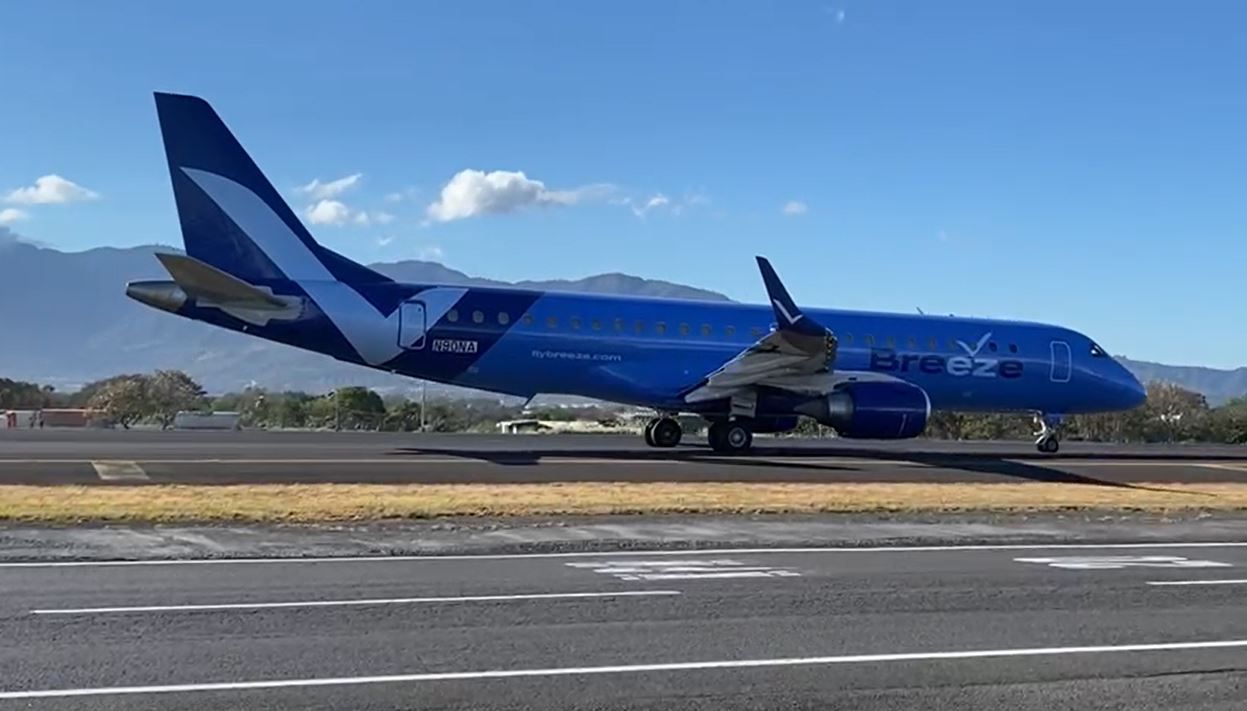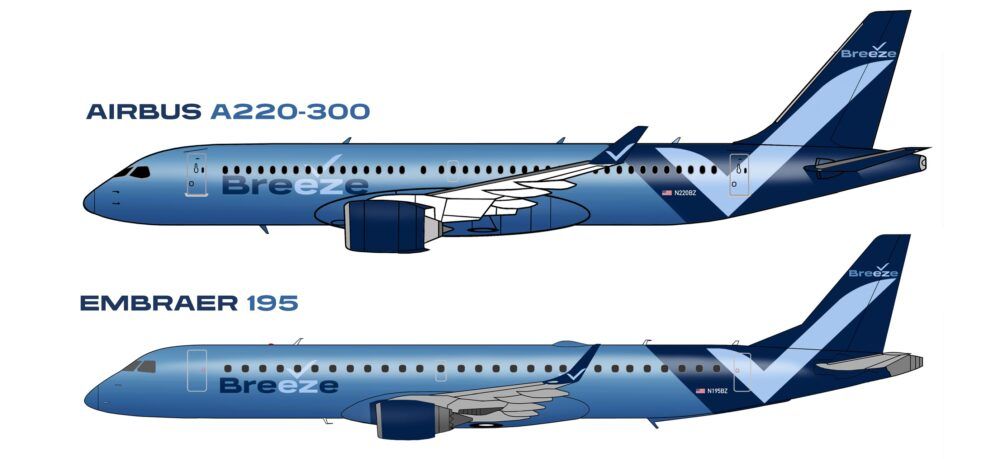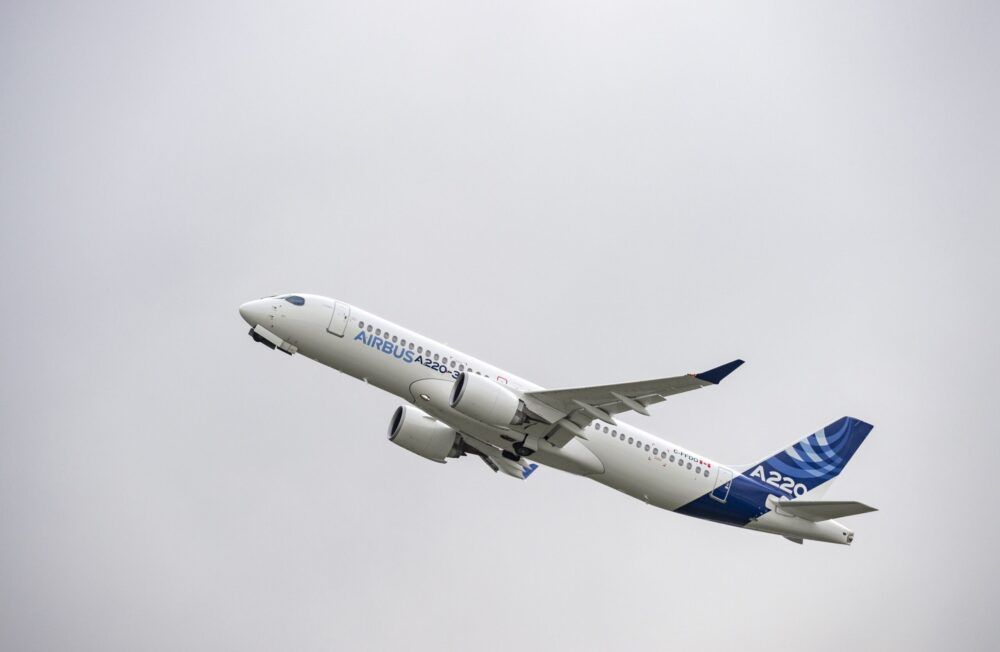Breeze Airways has received approval in the US. The airline, now cleared for takeoff, is going to make a splash in US aviation. While it still needs its Air Operators Certificate to be approved, it's another step on the road to launching services. Of course, Breeze still needs to secure slots, gates and to hire and train relevant personnel before it can start its routes.
Breeze receives approval
On March 10th, Breeze received its approval to operate from the United States Department of Transportation (DOT). Arguably one of the biggest regulatory hurdles, now that Breeze has cleared it, it will soon be able to operate its own flights. Of course, the airline needs to set up its administration and ground game too.
Breeze tentatively received approval to get an AOC in late-February. After 14 days to file objections, with none filed, the US Department of Transportation (DOT) cleared the airline to receive an AOC and begin transporting passengers and cargo. The firming up of the AOC is still outstanding, but will be the next step on the road to starting services.
Few details about Breeze's initial routes and products have come out. The airline has a lot to get ready before flying passengers, including securing slots, gates, ground staff, catering, equipment, fuel contracts, flight attendants, pilots, and more.
Stay informed: Sign up for our daily and weekly aviation news digests!
The initial Breeze plans
Breeze is currently cleared to fly 22 large aircraft. These will be Embraer E190 and E195 aircraft to start. If the airline wants to expand its fleet beyond that, it can do so after reaching out to the DOT and receiving approval. The DOT wants to ensure that the airline is ready and capable of increasing its flying before allowing blanket expansion.
Breeze already has some jets for itself. Embraer aircraft started to arrive with the airline in late-December. More are expected to arrive in the future.
The Embraer E190s and E195s are leased aircraft that the airline does not plan to hold onto for the long-term. These jets are only a stand-in until the airline can get its Airbus A220 aircraft. Some of these are on lease, including from NAC.
The first Airbus A220 is due at the airline in August of this year. The second will follow in September, the third in November, and one aircraft per month from January 2022 onwards.
The Breeze operation
The mastermind behind Breeze Airways is David Neeleman, who has a long history in the aviation world. Some of his past endeavors include getting WestJet, JetBlue, and Azul up and running. All three of these airlines are significant carriers in their respective countries.
Breeze will start operations in a similar vein to all of these carriers. It wants to fly smaller planes on nonstop city-pairs that have a host of unserved routes. In its initial filing, the airline highlighted some midwestern cities, like Cleveland and Cincinnati, which have lost capacity in the last 15-or-so years.
Salt Lake City was highlighted as an early base of commercial operations, though the airline is currently planning a mostly point-to-point network. The airline is mostly targeting points in the Eastern United States that are primarily north-south markets, so it appears transcontinental operations are out of the picture for now.
The Airbus A220, however, could certainly go a lot further, and the airline may expand its route network after it gets more of the narrowbody aircraft to include some transcontinental flights.
Are you glad that Breeze has received an AOC? Let us know in the comments!




